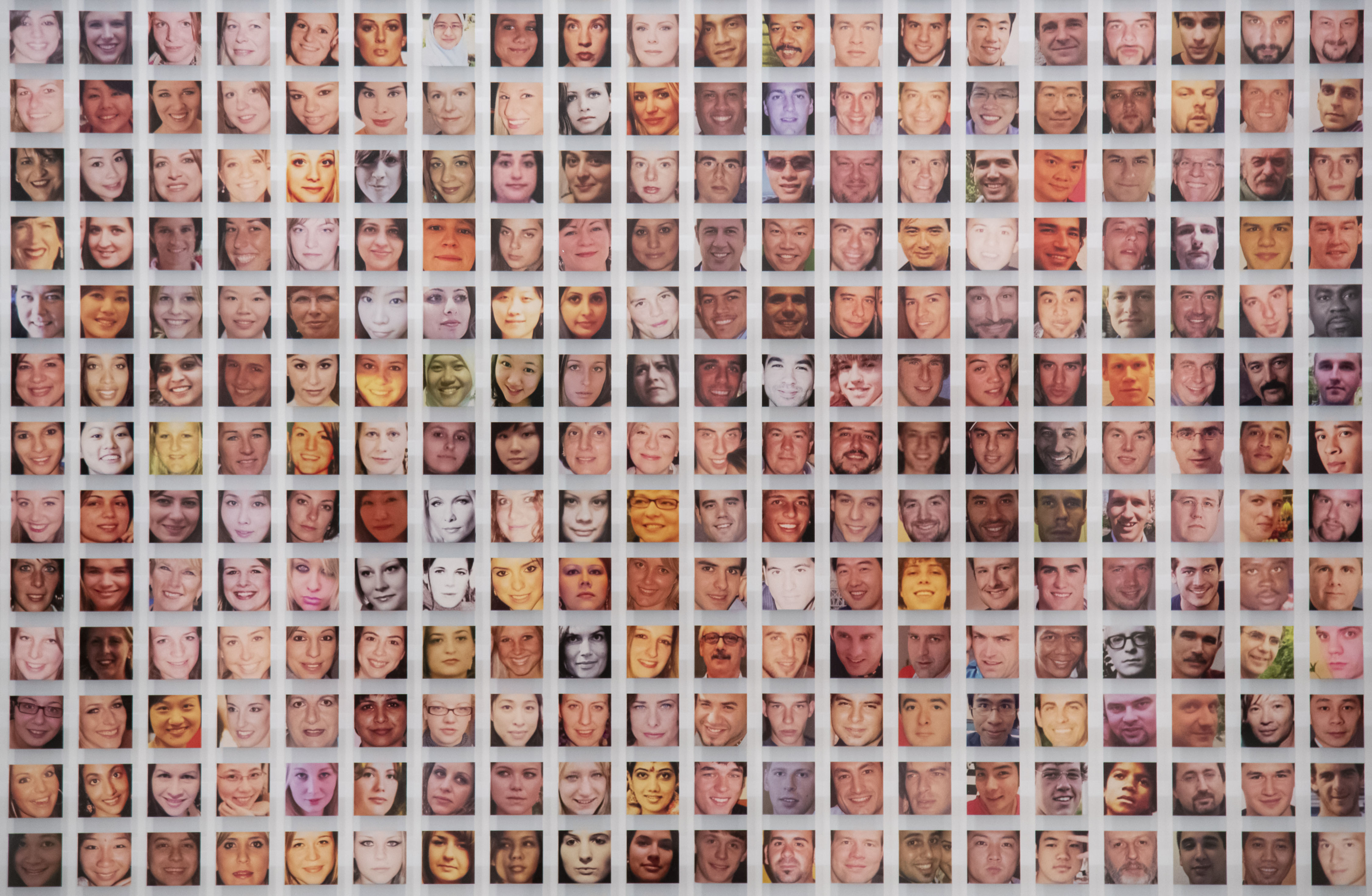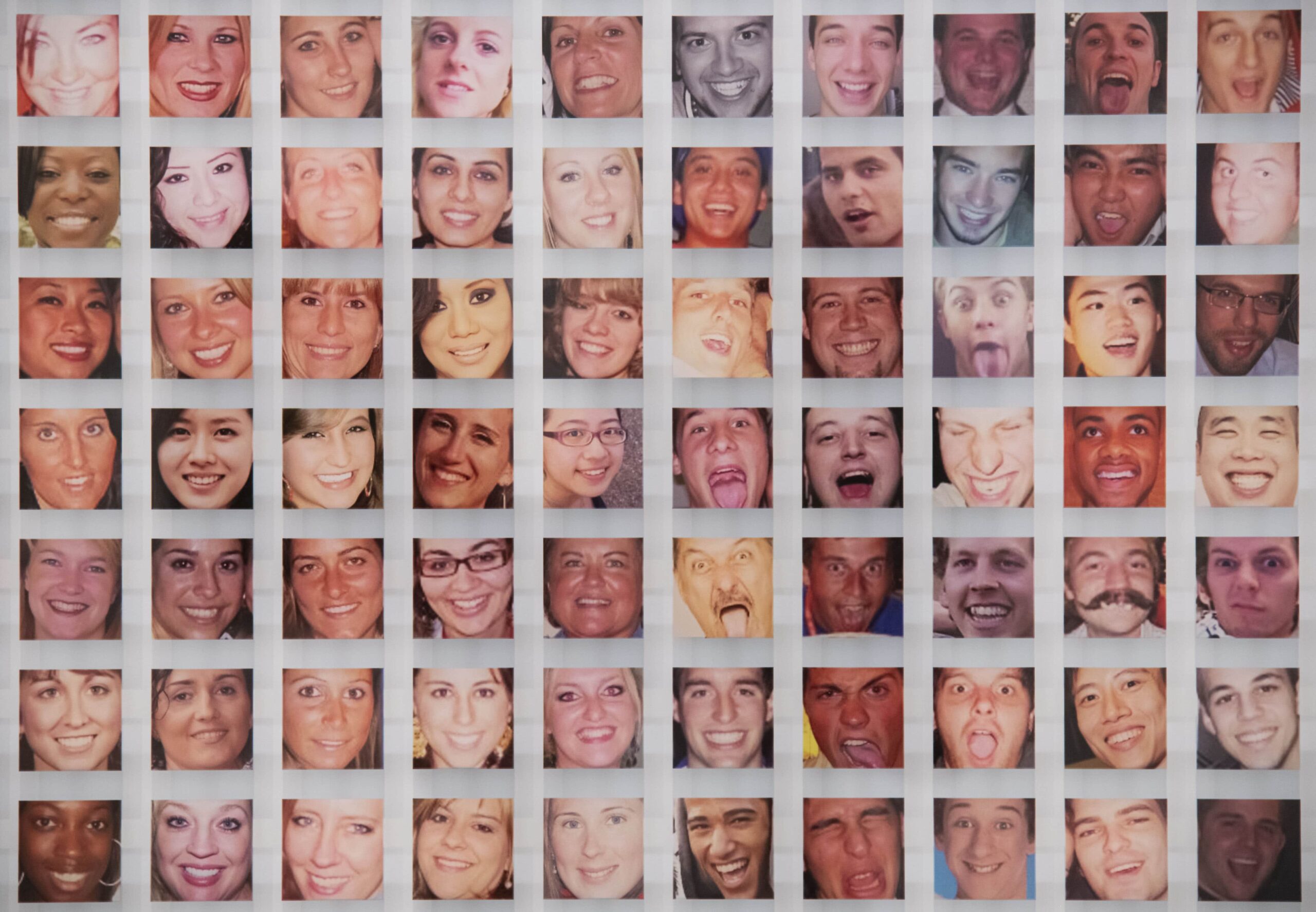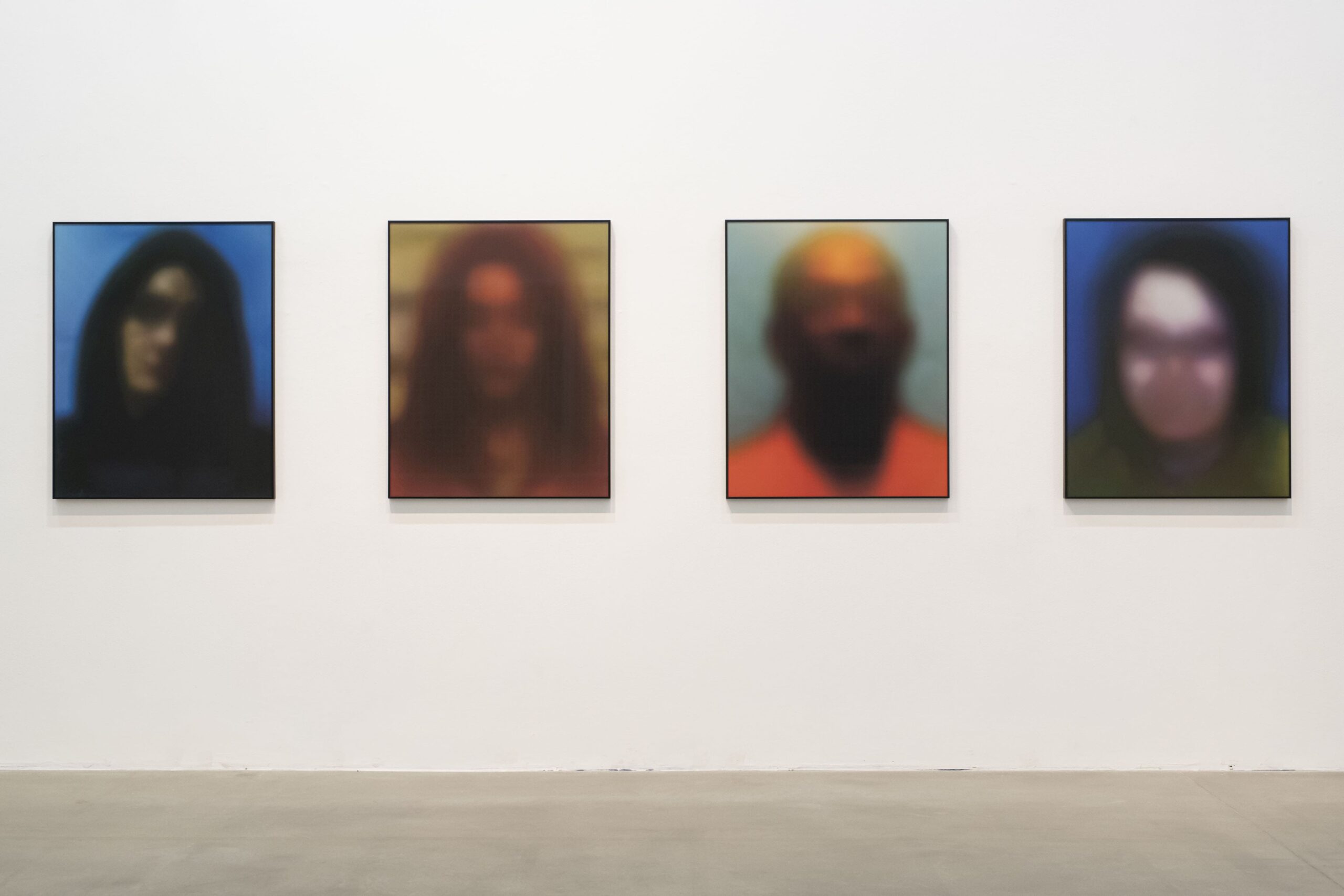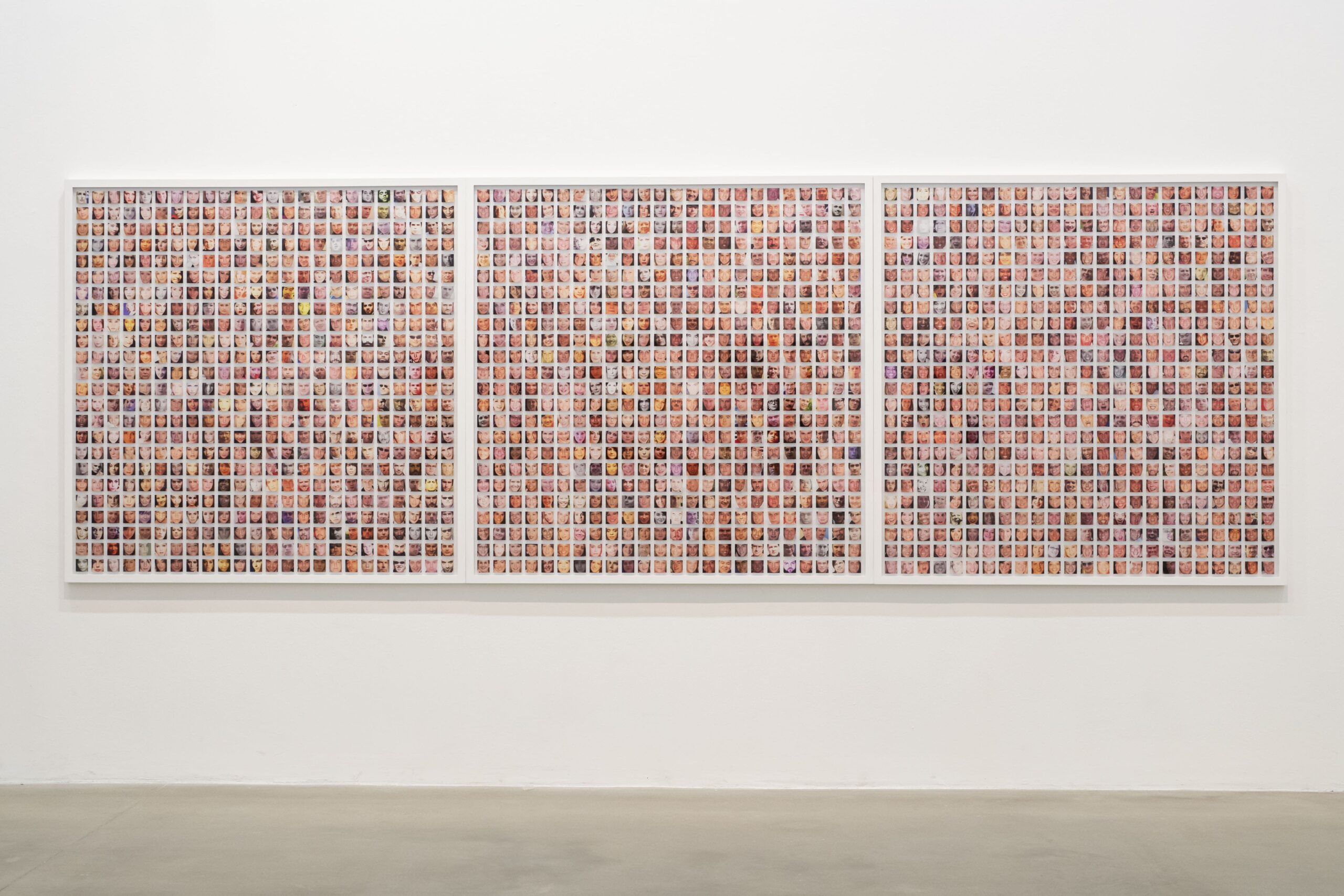In his work, Paolo Cirio (Turin, 1979. He lives in New York) investigates the power structures that characterize our epoch, when the dynamics in which information flows impact politics and the economy just as much as they influence people’s lives. Cirio carries on his research in the field of media, the web, and social networks. His method involves manipulating information and hacking data in order to reveal those (more or less) concealed mechanisms that are often ignored, but that constantly control, study and catalog each and every one of us. The exhibition includes three important cycles in Cirio’s body of work, which are dedicated to the human face—a symbolic space where the dynamics of conflict between private and public, freedom and surveillance are played out. Technological innovation constantly provides us with new tools for determining people’s identities, based on facial recognition software and the growing capabilities of machines in understanding images. Web users are subject to constant data theft, while at the same time being active agents in fueling these systems’ hunger for images. This process produces a vicious cycle between exhibitionism and submission.
Such dynamics are subject to criticism in Cirio’s Face to Facebook (2011). This seminal work started off as an act of hacking, and then evolved into a global media performance. The artist violated Facebook and seized a million profiles; he then reposted 250,000 of these profiles on a dating website he created, Lovely-Faces.com. Here, the software suggested possible matches on the basis of personality traits derived from facial analysis. Cirio’s action lasted for 5 days and gained enormous resonance, producing over 1000 mentions in international media, 11 legal charges, 5 death threats, and a number of letters from Facebook’s legal team. Typically, in Cirio’s work, the artistic component, the media exposure and the legal aspect are inseparable, because they influence each other.
The project Obscurity (2016) highlights the connections that tie together mugshot esthetics, people’s reputations, and information control. The artist acted on websites that publish mugshots of people who got arrested in the United States, which are easily accessible through the most popular search engines. These websites make money off of sensitive data, and people often fall victim to ransom and extortion to have their photos removed. Cirio blurred the data of over 15 million people that were stored on these websites.
The tactical objective of the last project on show, Overexposed (2015), are some of the personalities responsible for the current mass surveillance system, which is globally active and directed by the United States. Key figures in agencies such as the CIA, the NSA, and the FBI—mentioned in Edward Snowden’s revelations—become themselves the objects of an indiscreet gaze, that of social networks and the public web, where everything is always circulating, even the personal images of those who monitor others. Brought back into the museum space in the format of paintings, these faces condensate the contradictions of our time, in which individuals are complicit victims of the system oppressing them, and images are the vectors of a never-ending negotiation in spaces of suffocating control—and yet, of free expression.




